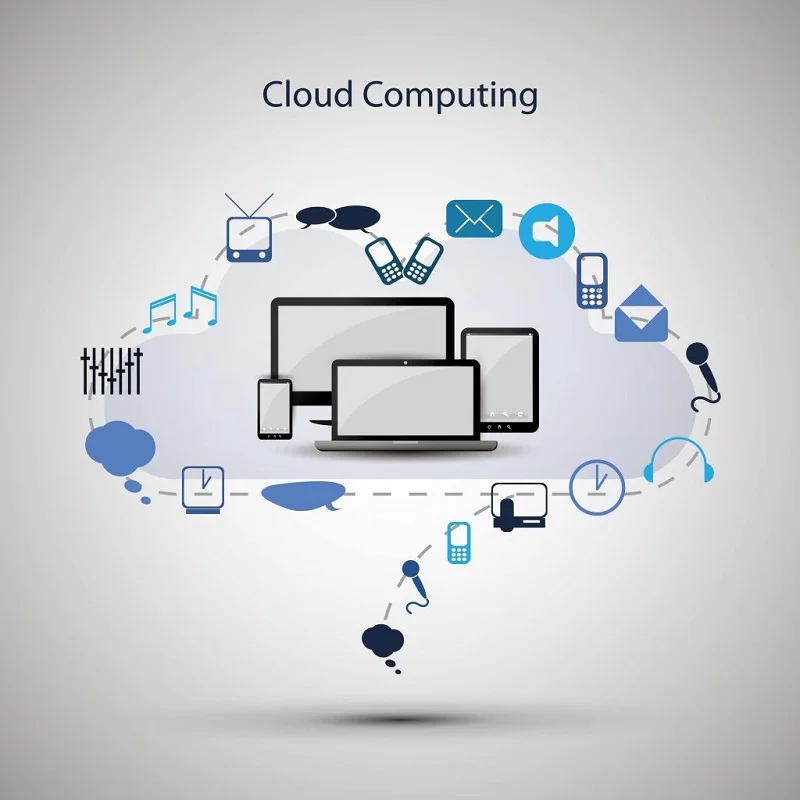The Information Security Manager must ensure that the required security features are included in the system. The security issues for a development must be identified by a formal risk analysis. Change management procedures for operational software are implemented.
- Like other data-related projects, the activities in the analysis phase should include profiling the data in the source and target data structures.
- The Smartsheet platform makes it easy to plan, capture, manage, and report on work from anywhere, helping your team be more effective and get more done.
- Most importantly, the first three steps seek to generate answers to questions and the last three steps are optimized to provide outputs.
- In addition, it ensures that security assurance activities such as code review, architecture analysis, and penetration testing are integral to development efforts.
- You could take notes, sketch diagrams, or build graphs to more deeply understand qualitative and quantitative feedback.
- In the waterfall model, once a phase seems to be completed, it cannot be changed, and due to this less flexible nature, the waterfall model is not in practice anymore.
The system specification represents the technical requirements that will provide overall guidance for system design. Because this document determines all future development, the stage cannot be completed until a conceptual design review has determined that the system specification properly addresses the motivating need. SDLC, or the Software Development Life Cycle, is at the heart of software development.
What is the software development life cycle (SDLC)?
It’s a systematic approach followed by the software industry to design, develop, and test top-notch products. Whether you’re a developer, tester, or a DevOps enthusiast, understanding SDLC is a must because it forms the foundation of how things get done in organizations. Planning is a crucial step in everything, just as in software development. In this same stage, requirement analysis is also performed by the developers of the organization. This is attained from customer inputs, and sales department/market surveys. The system development life cycle is a straightforward approach to system development.

The big step is creating a detailed project plan document and work breakdown structure that outlines the requirements. The abbreviation SDLC can sometimes refer to the systems development lifecycle, the process for planning and creating an IT system. The system typically consists of several hardware and software components that work together to perform complex functions. In traditional software development, security testing was a separate process from the software development lifecycle (SDLC). The security team discovered security flaws only after they had built the software. This led to a high number of bugs that remained hidden as well as increased security risks.
What is SDLC? Software Development Life Cycle Phases, Methodologies, and Processes Explained
Learn the strengths and weaknesses of the current system with improvement as the goal. Following the best practices and/or stages of SDLC ensures the process works in a smooth, efficient, and productive way. Popular SDLC models include the waterfall model, spiral model, and Agile model. An output artifact does not need to be completely defined to serve as input of object-oriented design; analysis and design may occur in parallel. In practice the results of one activity can feed the other in an iterative process.

Instead, it’s characterized by rapid development with minimal planning or documentation. Developers work on various parts of the project simultaneously, and there is no clear phase-by-phase progression. To truly understand system development, you must understand the what is systems development life cycle critical phases of the systems development life cycle. To complete a new system development project, you need a conceptual model that ensures all policies and goals are met. The NIST SDLC integrates risk management activities through the application of the NIST RMF.
V-Shaped Model
A primary problem with this approach is that it is assumed that all requirements can be established in advance. Unfortunately, requirements often change and evolve during the development process. Maintenance involves updating an existing software product to fix bugs and ensure reliability. It can also include adding new features or functionality to a current product. Operations refer to the day-to-day running of a software product or service, such as performing backups and other administrative tasks.

Rapid development cycles help teams identify and address issues in complex projects early on and before they become significant problems. They can also engage customers and stakeholders to obtain feedback throughout the project lifecycle. However, overreliance on customer feedback could lead to excessive scope changes or end the project midway. The iterative process suggests that teams begin software development with a small subset of requirements.
What is the software development life cycle?
There are seven stages in the SDLC and six common models that are used for different projects. In this guide, we’ll go through each stage and model to give you an overview of what becoming a software developer entails. ALM includes the entire lifecycle of the application and continues beyond SDLC. In the design phase, software engineers analyze requirements and identify the best solutions to create the software. For example, they may consider integrating pre-existing modules, make technology choices, and identify development tools.
As you take your first steps into a software development career, consider potential employers and particular areas of interest. You can specialize in cloud computing or mobile app development or become a generalist who is an expert at applying the SDLC across many types of software. If you haven’t yet started your journey as a software developer, you might ask yourself, “Is software development for me?
IV. Systems Development Life Cycle
The Agile SDLC model separates the product into cycles and delivers a working product very quickly. Testing of each release feeds back info that’s incorporated into the next version. According to Robert Half, the drawback of this model is that the heavy emphasis on customer interaction can lead the project in the wrong direction in some cases.

This allows any stakeholders to safely play with the product before releasing it to the market. Besides, this allows any final mistakes to be caught before releasing the product. In short, we want to verify if the code meets the defined requirements.
Stage 6: Implement and launch the product.
The basic fact finding techniques include questionnaires, interviews, observation, and document collection. The systems development life cycle (SDLC) was the primary conceptual basis for planning in this era. The SDLC for information systems evolved from the basic life cycle notion for complex systems. The classic SDLC for a single system is shown in the central portion of Fig. There, it is depicted as consisting of three phases—system definition, physical design, and implementation.
Maintenance/Support
It’s often used in situations where time and budget constraints are stringent. After this phase, a feasibility report of the entire system development project should be prepared. While the project is still ahead of the analysis phase, it is crucial to understand whether or not the project should continue.
The project manager is the overall control agent for a strong SDLC process. This phase often requires extensive programming skills and knowledge of databases. The team will build functionality for the product or service, which includes creating a user interface and building the database so users can store information in your system. Once you’ve come up with some ideas, it’s time to organize them into a cohesive plan and design. This requires a lot of research and planning to ensure that your final product meets your expectations (and those of your customers).
